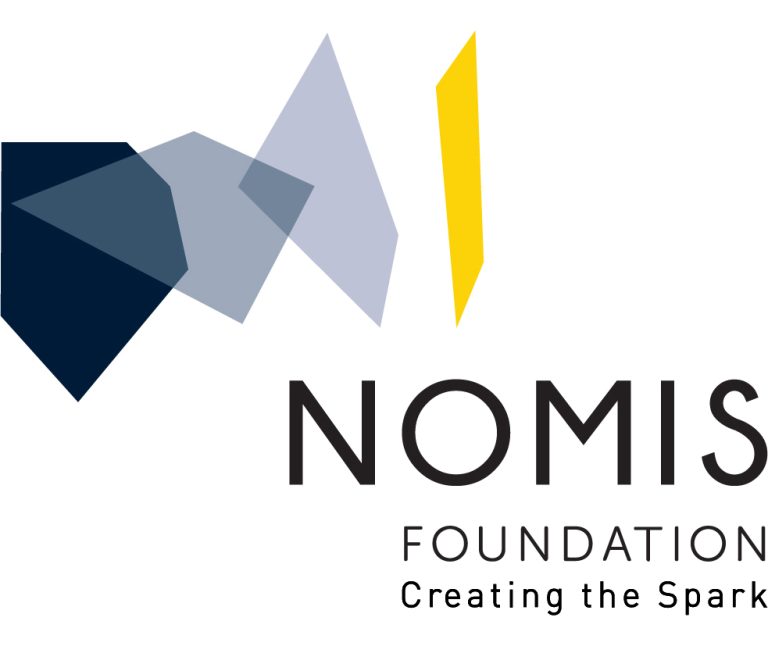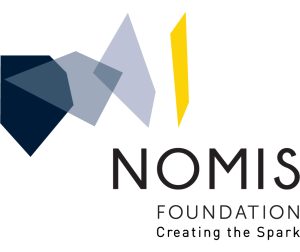A central question in developmental neurobiology is how neural stem and progenitor cells form the brain. To answer this question, one needs to label, manipulate, and follow single cells in the brain tissue with high resolution over time. This task is extremely challenging due to the complexity of tissues in the brain. We have recently developed a robot, that guide a microinjection needle into brain tissue upon utilizing images acquired from a microscope to deliver femtoliter volumes of solution into single cells. The robotic operation increases resulting an overall yield that is an order of magnitude greater than manual microinjection and allows for precise labeling and flexible manipulation of single cells in living tissue. With this, one can microinject hundreds of cells within a single organotypic slice. This article demonstrates the use of the microinjection robot for automated microinjection of neural progenitor cells and neurons in the brain tissue slices. More broadly, it can be used on any epithelial tissue featuring a surface that can be reached by the pipette. Once set up, the microinjection robot can execute 15 or more microinjections per minute. The microinjection robot because of its throughput and versality will make microinjection a broadly straightforward high-performance cell manipulation technique to be used in bioengineering, biotechnology, and biophysics for performing single-cell analyses in organotypic brain slices.

